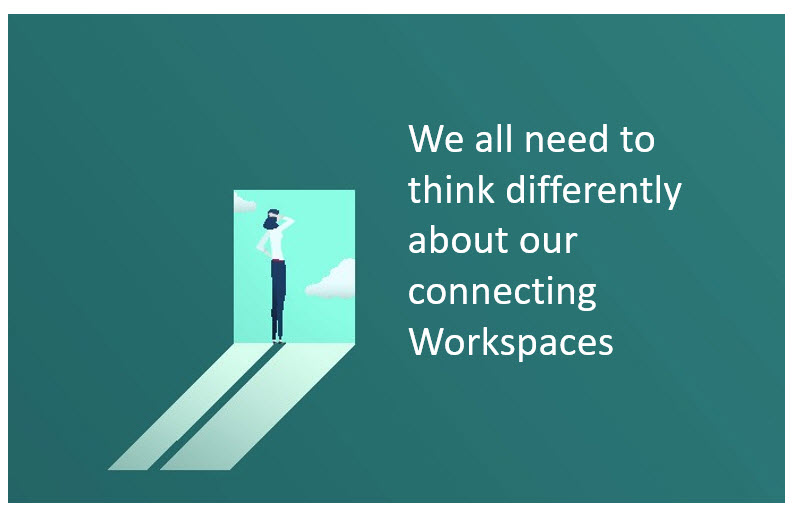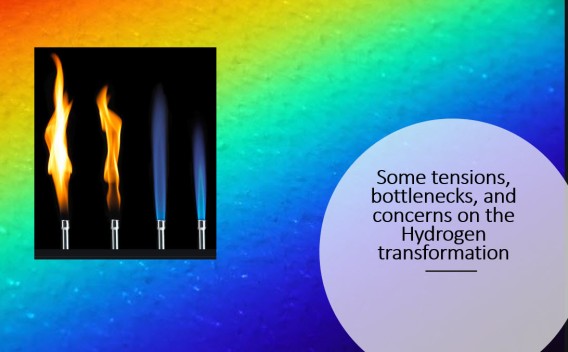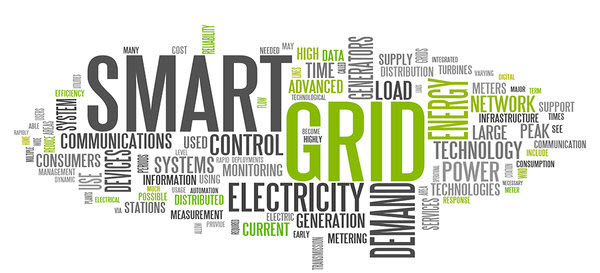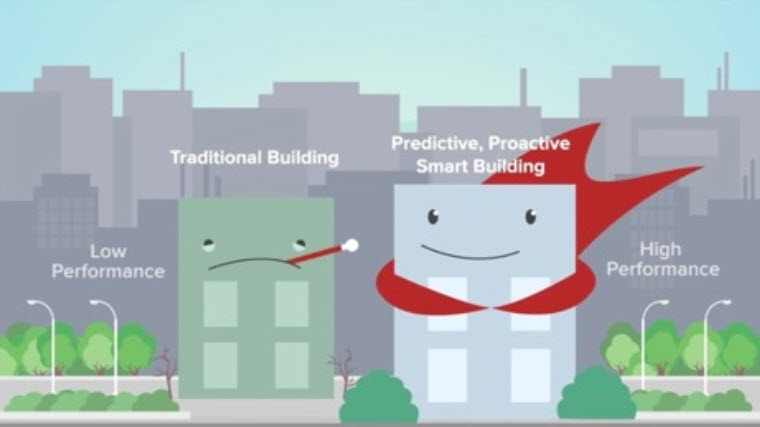
In recent weeks I have been thinking about our business environment differently. The past few months have forced the majority of us to work in different ways. We have become in a very short time “remote workers.” in necessity and need.
Yet for many “newbies” in remote working, who have been working from home in these last few months, are now facing the decision of when and if they can return to their old normal of their office. It is a difficult decision and one that needs careful consideration and clarification of “how safe is this and what will have changed in my old working environment?”
Going back to the business office is undergoing such a radical shift due to the pandemic and all of what it has forced us to do; social distancing, being in lockdown, minimizing physical contact. The environment we work in is not simply a physical one, it has become a psychological one to manage as well.
During this week I was listening to one of a series of discussions or webinars about the massive changes being undergoing in a new reality in our business buildings. These helpful discussions instigated by Comfy called “thinking beyond workplace re-entry” was timely, and very relevant to trigger my thinking a little more. Continue reading



 Something that will take thirty to forty years to turn from being ambitious and full of intent into realization is hard to relate too. Hydrogen is one of those promised solutions that can potentially allow us to achieve our “net-zero” carbon ambitions that have been “set in stone” (The Paris Agreement) dealing with greenhouse-gas-emissions mitigation, signed in 2016 that we need to achieve by 2050.
Something that will take thirty to forty years to turn from being ambitious and full of intent into realization is hard to relate too. Hydrogen is one of those promised solutions that can potentially allow us to achieve our “net-zero” carbon ambitions that have been “set in stone” (The Paris Agreement) dealing with greenhouse-gas-emissions mitigation, signed in 2016 that we need to achieve by 2050.
 The Smart Grid is evolving and will be essential in the next decade to bring the kind of transformation our existing energy grids require. Infrastructures to be fit for purpose must be fully integrated and smart to manage the increasing complexity and needs of electricity in the 21st century.
The Smart Grid is evolving and will be essential in the next decade to bring the kind of transformation our existing energy grids require. Infrastructures to be fit for purpose must be fully integrated and smart to manage the increasing complexity and needs of electricity in the 21st century. Smart infrastructure connects many parts of the city both physically and digitally. Services that capture the relevant information enable the deployment and introduction of the appropriate assets as the solutions.
Smart infrastructure connects many parts of the city both physically and digitally. Services that capture the relevant information enable the deployment and introduction of the appropriate assets as the solutions. Energy is essential to the modern economy. It provides the vital power source of electricity for industry, for public services and powering infrastructure, as well as resolving domestic activities where heating, lighting, cooking can take place in different ways from traditional wood fires. Our growing reliance on communications, technology, and mobility all are reliant on having this constant source of energy.
Energy is essential to the modern economy. It provides the vital power source of electricity for industry, for public services and powering infrastructure, as well as resolving domestic activities where heating, lighting, cooking can take place in different ways from traditional wood fires. Our growing reliance on communications, technology, and mobility all are reliant on having this constant source of energy.